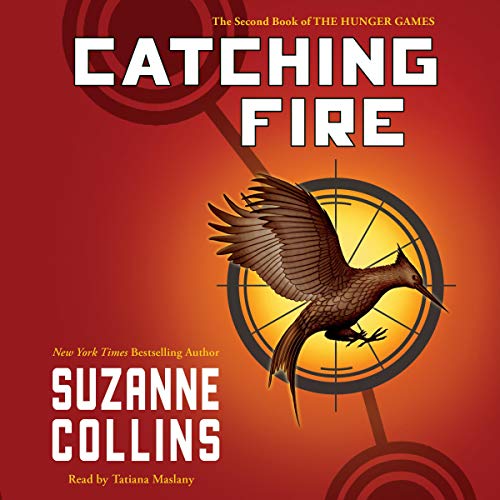In 2009, Suzanne Collins released “Catching Fire,” the second book in the critically acclaimed Hunger Games trilogy. Following the success of the first installment, “The Hunger Games,” “Catching Fire” picks up the narrative thread with its protagonist, Katniss Everdeen, who has survived the Hunger Games along with her co-competitor Peeta Mellark. However, as they quickly realize, surviving the games was just the beginning.
Plot Overview
“Catching Fire” continues to explore the dystopian world of Panem, a post-apocalyptic society divided into 12 districts and the Capitol. After their act of defiance in the first Hunger Games, Katniss and Peeta return to their home, District 12, only to find out that their actions have sparked unrest in the districts. What starts as small embers of rebellion quickly catches fire across Panem, putting Katniss and Peeta in the spotlight and making them the face of a growing revolution.
To quash the dissent, the Capitol devises a new, more brutal version of the Hunger Games, called the Quarter Quell. This special edition forces previous winners to return to the arena, leading to a game that is not just about physical survival but also a psychological struggle.

Themes and Motifs
“Catching Fire” delves deep into the themes of power, resistance, and human agency. The book takes an unflinching look at the corrosive nature of totalitarian regimes and raises the question of what it takes to ignite change. Collins also addresses the psychological scars of surviving traumatic events through her nuanced characters, who must grapple with their past while navigating their complex present.
Character Development
Katniss, as the central figure, undergoes significant character development. Her dilemmas move beyond the mere struggle for survival to moral choices that will affect the fate of an entire nation. Peeta, too, evolves as he grapples with the reality of his feelings for Katniss, set against the grim backdrop of their lived experiences.
Public and Critical Reception
The book was met with overwhelming positive reviews and commercial success, selling millions of copies and eventually being adapted into a blockbuster film. Critics lauded Collins for her storytelling prowess and her ability to engage readers with a compelling, complex world.
Conclusion
In summary, “Catching Fire” builds upon the foundation laid by its predecessor, expanding the world of Panem and taking the story into new, thrilling directions. It serves as both an enthralling tale of survival and a poignant social commentary, making it a must-read for fans of dystopian literature. Whether you’re drawn to its action-packed plot, intricate characters, or thought-provoking themes, “Catching Fire” is a story that will keep you on the edge of your seat from start to finish.